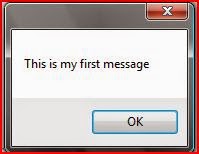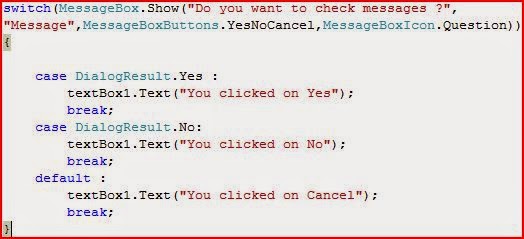(part 1)
There are several types of joins used in relational algebra to get results from two or more tables.
Theta
join
The theta
join operation defines a relation that contains tuples satisfying the predicate
from the Cartesian product of R and S. Theta can be <,>,<=,>=,=,≠
Example
Here output
will be the tuples that have same “sid” in both tables (Cartesian product).
R
sid
|
sname
|
rating
|
age
|
22
|
Dustin
|
7
|
45.0
|
31
|
Lubber
|
8
|
55.5
|
58
|
Rusty
|
10
|
35.0
|
S
sid
|
bid
|
day
|
22
|
101
|
7/10
|
31
|
103
|
8/02
|
Here from S
and R Cartesian product is (RxS) as follows.
RxS
sid
|
sname
|
rating
|
age
|
sid
|
bid
|
day
|
22
|
Dustin
|
7
|
45.0
|
22
|
101
|
7/10
|
22
|
Dustin
|
7
|
45.0
|
58
|
103
|
8/02
|
31
|
Lubber
|
8
|
55.5
|
22
|
101
|
7/10
|
31
|
Lubber
|
8
|
55.5
|
58
|
103
|
8/02
|
58
|
Rusty
|
10
|
35.0
|
22
|
101
|
7/10
|
58
|
Rusty
|
10
|
35.0
|
58
|
103
|
8/02
|
But from
above theta join we can have only tuples that have same “sid” in two “sid”
fields in RxS
sid
|
sname
|
rating
|
age
|
sid
|
bid
|
day
|
22
|
Dustin
|
7
|
45.0
|
22
|
101
|
7/10
|
22
|
Dustin
|
7
|
45.0
|
58
|
103
|
8/02
|
31
|
Lubber
|
8
|
55.5
|
22
|
101
|
7/10
|
31
|
Lubber
|
8
|
55.5
|
58
|
103
|
8/02
|
58
|
Rusty
|
10
|
35.0
|
22
|
101
|
7/10
|
58
|
Rusty
|
10
|
35.0
|
58
|
103
|
8/02
|
Highlighted
tuples are the result of theta join.
Equi
join
This is also
a particular type of theta join. But it always deals with equal operator.
From theta join :
This can be
expressed using equi join as
Natural
join
The natural
join is an equi join of the two relations R and S over all common attributes.
One occurrence of each common attribute is dominated from the result.
In equi join we has below results.
Here we have two “sid” columns. But in natural join we have only one column from duplicated columns.
sid
|
sname
|
rating
|
age
|
bid
|
day
|
22
|
Dustin
|
7
|
45.0
|
101
|
7/10
|
58
|
Rusty
|
10
|
35.0
|
103
|
8/02
|
To be continued...










